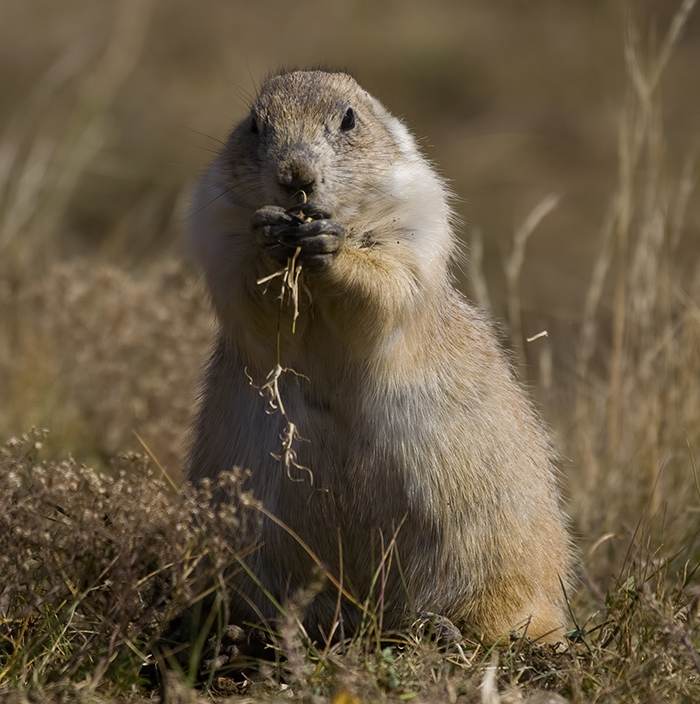| << Chapter < Page | Chapter >> Page > |
The outstanding scientific discovery of the twentieth century is not television, or radio, but rather the complexity of the land organism. Only those who know the most about it can appreciate how little we know about it. The last word in ignorance is the man who says of an animal or plant: "What good is it?" If the land mechanism as a whole is good, then every part is good, whether we understand it or not.- Aldo Leopold, A Sand County Almanac
Populations rarely, if ever, live in isolation from populations of other species. In most cases, numerous species share a habitat. The interactions between these populations play a major role in regulating population growth and abundance. All populations occupying the same habitat form a community : all populations inhabiting a specific area at the same time. The number of species occupying the same habitat and their relative abundance is known as species diversity. Areas with low diversity, such as the glaciers of Antarctica, still contain a wide variety of living things, whereas the diversity of tropical rainforests is so great that it cannot be counted. Ecology is studied at the community level to understand how species interact with each other and what processes determine the patterns of species coexistence, diversity, and distributions that we see in nature Any interactions between two or more species is referred to globally as interspecific interactions , and there are specific terms for some of unique interactions that will be discussed throughout this section. These unique interactions can have a positive effect (+), a negative effect (-) or a neutral effect (0) for the individual of the species.
In a community, no two species can have exactly the same ecological requirement and persist together in equilibrium. In order for a species to survive in an area, to obtain nutrients and energy and to avoid predators, a certain combination of ecological variables are necessary. These ecological variables include the resources available (light, nutrients, food and habitat), environmental characteristics (temperature and water availability) and the interactions with other organisms. These ecological requirements and interactions are used to define an organisms
niche . For example, the Black-tailed Prairie Dog (
Cynomys ludovicianus )
[link] is mostly found in short grass prairie. They can live within a broad range of temperature and moisture, specific soil types, and forage on specific species of grasses. These characteristics, other variables and interspecific interactions define their niche.
Black-tailed prairie dog

Perhaps the classical example of species interaction is predation: the hunting of prey by its predator where the predator is positively affected (+) and the prey is negatively affected (-). Nature shows on television highlight the drama of one living organism killing another. Populations of predators and prey in a community are not constant over time: in most cases, they vary in cycles that appear to be related. The most often cited example of predator-prey dynamics is seen in the cycling of the lynx (predator) and the snowshoe hare (prey), using nearly 200 year-old trapping data from North American forests ( [link] ). This cycle of predator and prey repeats itself approximately every 10 years, with the predator population lagging 1–2 years behind that of the prey population. As the hare numbers increase, there is more food available for the lynx, allowing the lynx population to increase as well. When the lynx population grows to a threshold level, however, they kill so many hares that hare population begins to decline, followed by a decline in the lynx population because of scarcity of food. When the lynx population is low, the hare population size begins to increase due, at least in part, to low predation pressure, starting the cycle anew.

Notification Switch
Would you like to follow the 'Principles of biology' conversation and receive update notifications?